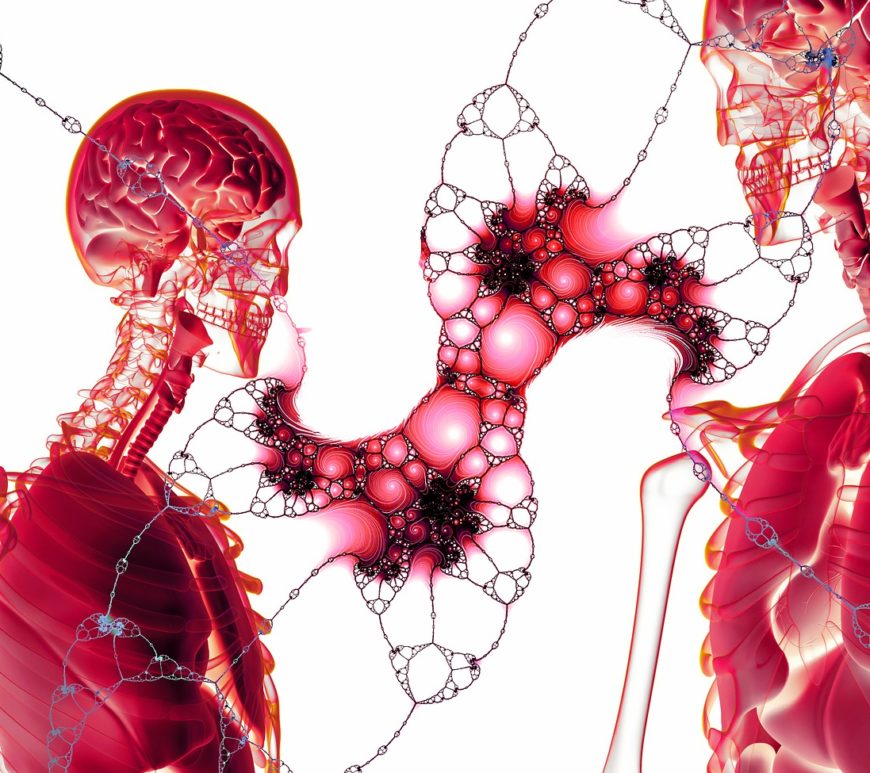Energy Expenditure
All metabolic processes in the body require energy supply (food) but depend on the use of oxygen (O2) for extraction of energy which ultimately results in heat production. There are two approaches to quantify human energy expenditure during rest and physical activity. They are: direct calorimetry and indirect calorimetry. Direct calorimetry is the method of directly quantifying the body’s rate of biologic work (energy expenditure/metabolism) by … Continue reading Energy Expenditure

